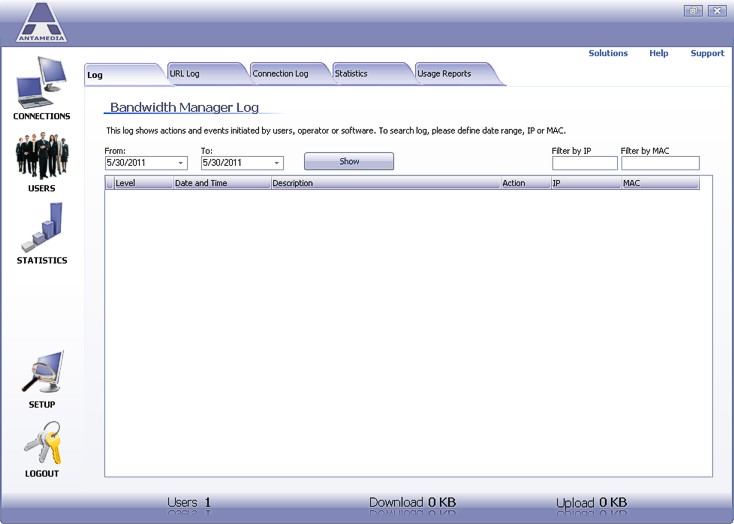
Many times I’ve seen great products become unusable because a new owner mismanaged them. With open-source software, you don’t have to worry about a vendor going out of business or being acquired by another company that wants to kill the product. What’s even more costly is hiring an expert consultant to fix the problem, that is, if experts on that product even exist. This can take a lot of time and, subsequently, human resources. Instead, you’ll need to ensure staff are well trained on the product and can resolve the issue. For example, if your open source network monitoring tool suddenly breaks, there’s no vendor support line to call for help. The more an organization relies on open-source technology, the more expensive it can support it. Many times open source tools have hidden costs down the line that you should be aware of. But calling open source tools free is misleading. This can provide enterprise-level tools and features to smaller businesses and non-profit organizations that otherwise couldn’t afford access. This transparency creates plugins, community-driven features, and continuous testing of the code’s stability and security.įrequently, open-source means the product is free. When tools are open source, any developer can view and modify the code to their liking. Open source tools provide better visibility and customization options to organizations that value flexibility over a “done for you” experience.

Prometheus Uses a powerful query language to generate insights and display data.

Zabbix EDITOR’S CHOICE The best overall balance between open-source flexibility, support, and out-of-the-box ease of use.Here is our list of the best open-source network monitoring tools: Then, we’ll touch on why you might want to choose an open-source tool and explore the best open-source network monitoring tools on the market today. We’ve already covered the best network monitoring tools, but we’ll be showing the open-source community some love in the article.


 0 kommentar(er)
0 kommentar(er)
